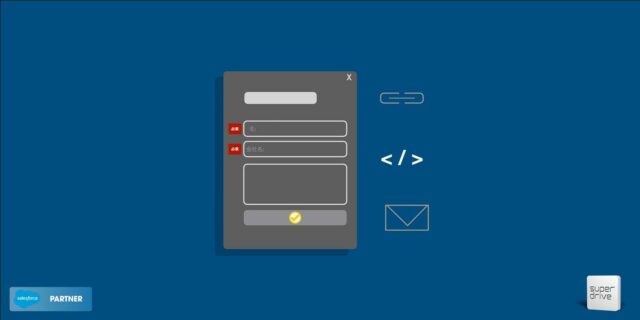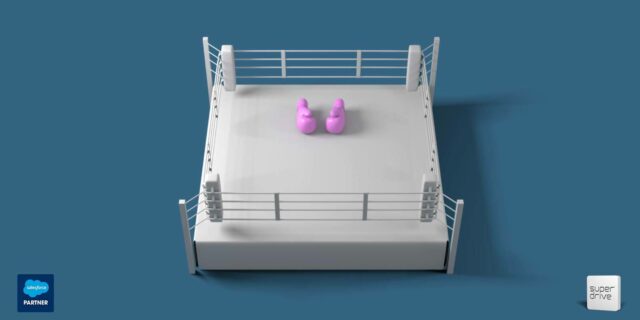Here’s Part 2 of our exploration into the cognitive biases of the brain. In our first article here, we had mentioned the example of how a waiter who gives gifts can receive higher tips. Well, there’s a bias for that too …
1. Reciprocity:
Receiving a gift creates the social obligation to return it. This works even better when the gift is bespoke and framed as a special offer for the individual. In the example we cited previously of the mint given with the bill, the tip increases if there are two mints left and further yet, if a hand-written thank you note accompanies it.
As marketers are increasingly able to build one-to-one relationships with their customers, there is a lot more opportunity to personalize and engage around the principles of reciprocity.
2. Disrupt Then Reframe (DTR):
Disrupting attention gives advertisers an opportunity to reframe through confusion and thereby decrease the amount of resistance to a proposition. You use a phrase that confuses and then follow up with an attractive offer. The famous experiment for this found household sales double by simply using the words 300 pennies (instead of 3 dollars) and the follow-up “it’s a bargain”. So again, the value of a well-crafted piece of content is demonstrable.
3. Acknowledging Resistance:
The best way to diffuse an issue is if the issue is directly acknowledged. For example, Domino’s Pizza publicly admitted that it made horrible pizzas and made this into a rallying point to improve the product. Noting Domino’s bravery, people gave Domino’s credit for acknowledging what everyone knew and became open to trying the brand again. While collecting information around leads is of the utmost importance, it’s also good to understand where the brand stands in the minds of our prospects, especially to see whether there are any perceptual barriers that are causing resistance to interacting with the brand, that can be addressed through our messaging.
Customers are individuals. Campaigns should be too!
4. Loss versus Gain Framing:
Should the glass be half full or half empty? Fearing loss, increases risk-taking; expecting gains increases safe behavior. In the realm of payment methods, people are less likely to accept using a credit card when a credit card fee is framed as “credit card charge” as opposed to a “cash discount”. It’s obvious when you look at political polls but how you ask your prospects to engage with you can influence the outcome of their answers. Think about how you would conduct polls before even serving up messaging in your campaigns.
5. Door-in-the-face:
A large request followed by a smaller one increases the chance of compliant behavior (support our troops by enrolling in the Army or buy war bonds). Thinking about how you sequence your messages and highlight benefits to your audience helps ensure individual pieces of communication are all shaping toward conversion behaviors.
As we had touched upon in our previous article, with marketing automation bringing conversations directly to your leads, it is critical to ensure that we are mindful of these tactics and apply them intelligently. And the next time you put a proposition together, make sure you conduct some A/B testing with some mental biases in mind.
Part 2 of a 2 part article written by Sam Cassels and Sosuke Koyama
Image courtesy of Jason Freeny




